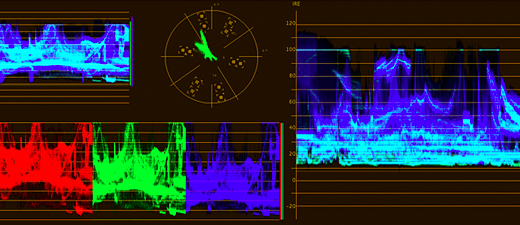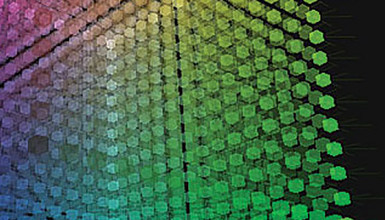Eric Philpott over at the Adobe SpeedGrade blog, Moving Colors, has written an easy to digest article about the basics of working with a waveform, including how to balance your blacks and work with luminance settings. While he focuses on utilizing waveforms in SpeedGrade CS6, the information is certainly applicable to all waveform monitors.
If you are interested in a more in-depth look at waveforms and vectorscopes (as well as other video analysis tools), be sure to check out the first class in our Digital Technician workshop series, Waveforms and Vectorscopes, on August 22nd in New York!


















